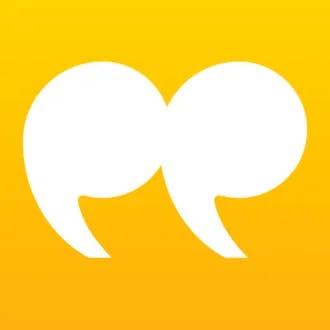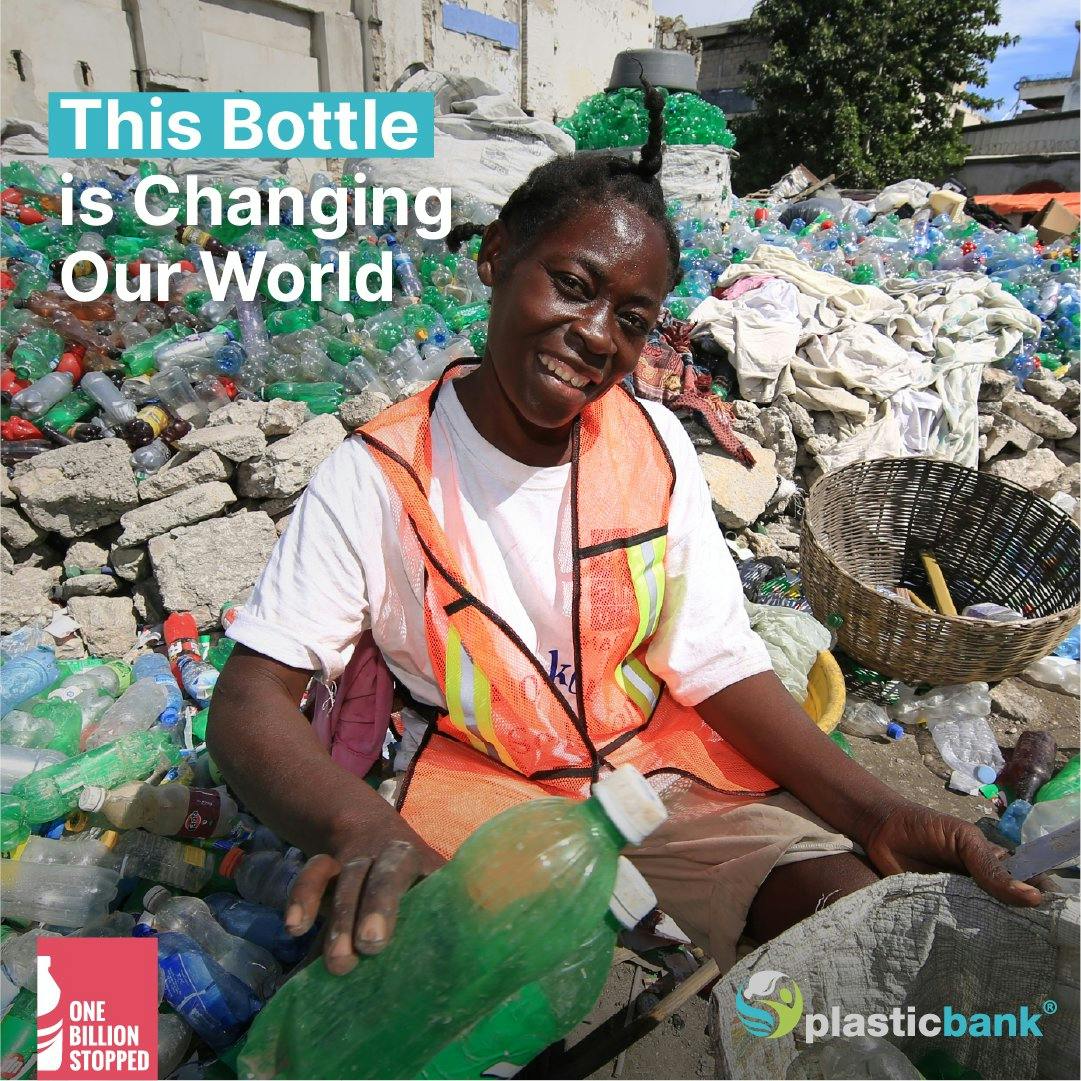
Snow Dietrich
Concept Artist
Illustrator


My business acumen has developed substantially since I started freelancing. To me, they're two different animals, and they come out to play at different times, and sometimes at the same time. For instance, when I'm learning about a new project, I yearn for something that excites me creatively, but at a budget that's realistic based on the value of the work I'm prepared to do. I don't see a conflict at all between creativity and business.

I wrote a public service announcement for Concerned Children's Advertisers years ago, through DDB. It was a silly thing that the creative director tossed to me (contract freelancer). The objective was to create a TV spot that would warn children not to put things in their mouths. I wrote the lyrics for a song, and when I read them aloud to the creative director, he laughed and laughed and said, "You're joking, right? Right?" We went on to shoot the spot with puppets. It impacted an entire generation of young Canadians as it was a staple during children's hours on TV. Even today, it's my claim to fame. People still go to Halloween parties dressed as the main characters. The spot has millions of views on YouTube. Who'd have thought?
Also, I was responsible for creating new health warning messages on Canadian tobacco packaging. An initiative of the Government of Canada and some pretty influential NPOs, tobacco manufacturers were required to devote 2/3 of the packaging fronts to a health warning message. We also had the slider (25 packs) and an insert (20 packs) to hold a message. After hitting them with a hard message on the packaging fronts, I suggested we now play "good cop", and congratulate the reader on considering quitting, and offering tips and links for support services.

Working with clients is just as collaborative as when I'm working with an art director or designer. I usually conduct a few pretty in-depth interviews with them, probing them and discovering things they may not even have thought of. We get alignment on that, and I proceed, checking in with them to say things like, "Hey, I've got a cool direction for a positioning line and I'd like to run it by you!". Stuff like that. The collaboration also gives them some "pride in authorship" and they're far more likely to support and defent the vision and the work, moving forward.

I've been an early adaptor since I started playing around on BBS's, but more significantly when I was introduced to a Mac Plus in '85 or so. Then I seemed to update immediately upon any new hardware or software release as I was so smitten by the tech. I owned a PowerBook 100 (first introduction to the web, too), Performa, Gen 1 of the iPod, etc. I self-taught on Quark and the Adobe Creative Suite and have all the current networking platforms (overload! overload!) plus three Macs (with triple redundancy cloud and SSD backups) and two iPhones. I scan tech and marketing publications but am no longer an early adoptor, because I'd rather the hype be over before I take anything really seriously. Of course, I stay on top of everything regarding social platforms.

It hasn't, to any significant degree. In fact, recently I teamed up with a freelance art director for a gig with an agency who wanted "big ideas" and "lots of 'em" for one of their clients. We jammed, threw ideas around, he did marker squibs, we finessed them a bit but still presented rough marker squibs, because I believe if the idea can be communicated even through a rough sketch on paper, and it excites the client, then we've all won. Saves time. Aggravation. Cost. I'd say the only evolution in my creative process is that these days I'm far more collaborative and open and no longer have the ego of a brash young upstart (bless 'em all). As a friend used to say, "My ego is not my amigo!"


Of course, but only if I'm creating something from the ground up, of course. An ad campaign, a brand story or film, why not? If the idea is great enough, and the client's along for the ride, then we'll find a way to make it happen.


Don't be a jerk. Stay in touch with your client. Collaborate, collaborate, collaborate. Know your value and your worth and don't compromise on that. On the other hand, give a good client a break now and then if they ask for it. Do charity work. Give back. Don't brag about it. Have your shit together, always. Don't be afraid to make mistakes. Admit when I'm wrong, quickly. Never be afraid to answer a question with "I don't know". To a new client, I often say, "Look, I'm not quite getting it, explain to me how this works/what you do like you're talking to a three year old." Don't be a jerk. I don't work on projects that don't interest me. Also, don't work with jerks. Champion an idea that you know is a winner and be tenacious with it. And Ive learned to not take myself so damn seriously.


Well, first I do preliminary research as soon as I learn who I'm going to be working for. Read everything I can about them. Ask friends if they've heard of them. I'll get briefed, and I usually end up asking extensive questions during the briefing. I'll usually as for separate interviews with key stakeholders (clients, customers, etc.). I dive into any supplied research. 'm always writing down ideas (Rhodia Note Books, Zebra ballpoint pens), or I'll text notes and ideas and/or questions to myself. I'll get together with any other creatives involved and chat about the project. All the while, I've been writing bits and blurbs, as I've mentioned. Then if the project calls for concepts, I start coming up with them. Bounce ideas around wtih my co-creatives. If it's something foundational regarding the brand, I just start writing blah blah blah, never editing or correcting as I write. I just get it down on paper (meaning screen), then go in and separate the junk from the gems (but keep the junk aside, as you never know). If it's a naming project, or a positioning statement, for instance, I'll often show the client the long list with the caveat "this is everything, including the stinkers!' as I never know when some stinker might trigger a different idea or path. Then I refine, get approvals/buy-ins along the way, and that's about it.

I defend the defensible. I might explain why I did something a certain way, but most of the time I just be quiet and listen, first and foremost. I quite often may find myself saying "You know, you're right." I don't get angry or depressed. I try and understand the reasoning for the critical feedback, but that can be complicated. There was a CPG client we were working on new packaging for. A new director of marketing was brought in. He had little marketing experience, unfortunately, but felt he had to exert his power somewhere. He looked at the first letter of the wordmark we developed and said, "Mmmm....I don't like that letter p here. Let's change the typeface." We had to suck it up and change it.
I no longer get flustered or upset as I did as a young whippersnapper creative. Thank god.

Oh geez. I dunno. There are a lot of good writers out there. I write from the heart, not the head, usually. I try and write copy that people can connect with. Engaging copy. Real stuff. I like slipping in the unexpected word or phrase now and then. Am I better than other writers? Some writers, sure. Others, no way. Am I worse than other writers. Definitely no. Just different. A good different. Are we almost finished with the questions?

For my high school psychology class, I was asked to do something creative to describe or show parts of my life outside of school. So I shot an 8mm film with a sound track from a synched audio cassette player. Later, I started silkscreening t-shirts with a friend, and selling them from our own booth at the Ottawa Exhibition. I loved drawing the designs, hand-cutting the film, and the process of hand screen printing. The fire was lit. I took a year of graphic arts, loved the tech side, hand lettering, typesetting on a Linotype and Ludlow, offset and letterpress printing, etc. However, I didn't graduate because I never went to the classes that didn't interest me. The following year I took an Advertising course at the same community college, and learned the advertising basics, layout & design, photography and writing. I would have failed again as once more I only took classes that interested me, however I applied for and landed a job as a copywriter at a local radio station. That was it. I was off like a rocket.
